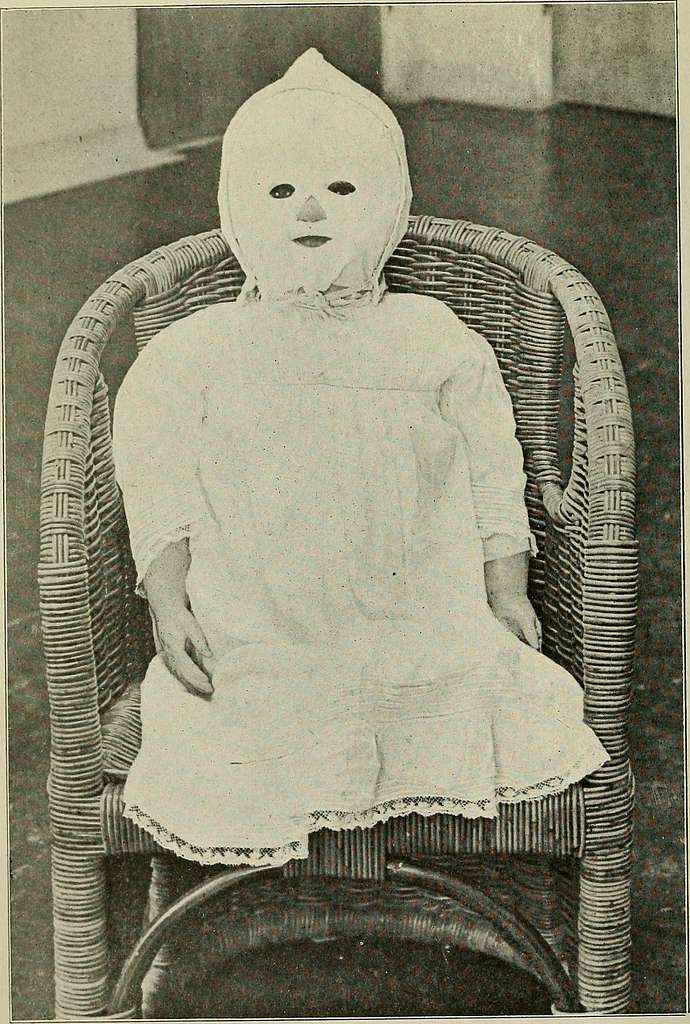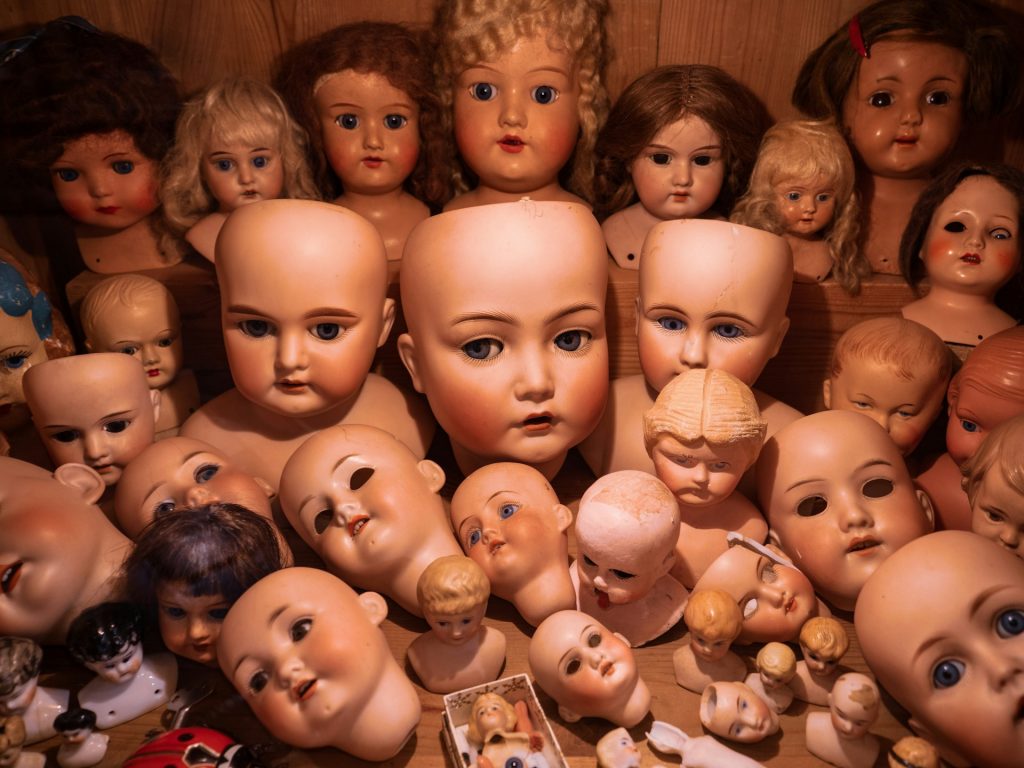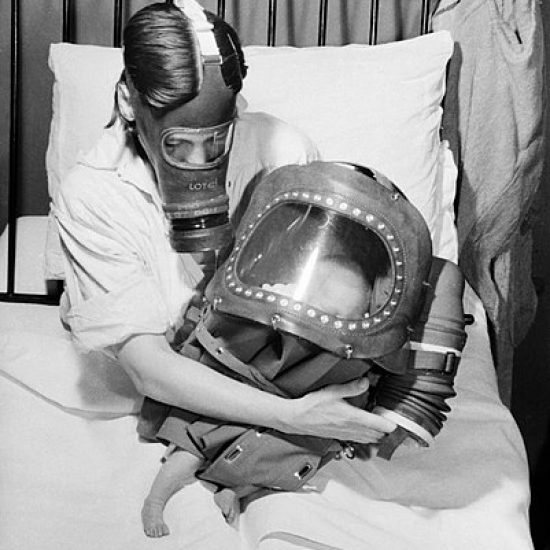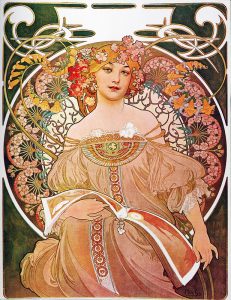Cursed images are those odd, unsettling photos that make you pause, feel uneasy, or even a little creeped out. You’ve probably seen them while scrolling through social media—those weird, off-putting pictures that just don’t sit right. They might make you laugh nervously, cringe, or just stare in confusion. The thing about cursed images is that they get stuck in your head, even if you can’t quite figure out why they feel so wrong.
What Makes Cursed Images So Unsettling?
At first glance, it’s hard to pin down what makes a cursed image cursed. Often, the elements in the photo seem normal enough—a person, a place, or an object you recognize. But there’s something about the way everything comes together that feels off. Maybe it’s the angle, the lighting, or just the strange combination of things that don’t belong together. It’s like your brain knows something isn’t right, but you can’t quite put your finger on it.

Partly, these images are impactful because they fall somewhere between normal and abnormal, and they play with your sense of reality. Sometimes, it’s the content that throws you off—like a familiar scene that’s just slightly distorted. Other times, it’s the poor quality of the photo, like a grainy, low-resolution image of a deserted playground or a blurry shot of a mannequin in an unsettling pose. These are the kind of pictures that give you a vague sense of discomfort like something’s not quite right, but you’re not sure what.
The Blatant Side of Cursed Images
But not all cursed images are subtle. Some hit you right away with a sense of repulsion or disgust. These are the images that straight up make you want to look away. And because of today’s AI technology, creating these disturbing photos has never been easier.
AI image generators are incredible tools but obviously, they still have a long way to go. In fact, some of the most unsettling cursed images come from AI glitches—those moments when the technology gets it wrong. For example, a lot of AIs just can’t seem to get hands right. Instead of normal fingers, you might see twisted, monstrous limbs with too many fingers or fingers bent in unnatural ways. These aren’t just small mistakes; they’re the kind that make you feel physically uncomfortable like you’re looking at something straight out of a horror movie.
When Unsettling Becomes Repulsive
These not-so-subtle cursed images aren’t about making you feel uneasy over time. They’re about triggering an immediate, visceral reaction. Imagine scrolling through your feed and coming across a seemingly normal photo of a family at dinner, but then you notice their hands are grotesquely deformed, with too many fingers or joints bending the wrong way. Or a picture of people at a park, but their faces are just slightly off—eyes too close together, or mouths twisted in unnatural shapes. These images don’t leave you wondering what’s wrong. They slap you in the face with it.
This kind of repulsion is powerful. It taps into something deep in our instincts, a reaction that happens almost before we’ve had time to think. Unlike the more subtle cursed images, which leave you with a lingering sense of unease, these more blatant examples provoke an immediate, gut-level response. You see it, and your first instinct is to recoil.
The Role of Nostalgia and Imperfection
Interestingly, a lot of cursed images, both subtle and blatant, have a nostalgic feel to them. Maybe it’s because older, low-quality photos add to that strange, off-putting atmosphere. These images often look like they’re from a different time, which adds a layer of mystery and makes them feel even more out of place. It’s not just about what’s in the picture; it’s about how the picture itself feels like it’s from another world.
This is where AI comes in again. While AI-generated images are a modern phenomenon, they often mimic the imperfections of older photos. The mistakes AI makes—like those weird hands or distorted faces—feel even more jarring because they clash with the otherwise familiar, often nostalgic settings. It’s this blend of old and new, normal and abnormal, that makes cursed images so compelling.
The Strange Allure of Cursed Images

Source: https://unsplash.com/photos/assorted-doll-collection-07cKMGEjCnE
Cursed images have carved out a notable space in internet culture. Entire communities are devoted to sharing these bizarre photos. Part of what draws people to cursed images is how they evoke a reaction. Whether it’s a nervous chuckle, a cringe, or just plain discomfort, there’s something oddly captivating about being creeped out in this way. It’s a fascination with the eerie that keeps folks coming back. Whether it’s the subtle feeling that something isn’t quite right or the immediate, jarring unease from a distorted face or mangled hand, cursed images tap into something deep within us.
Conclusion: The Unforgettable Nature of Cursed Images
In the end, cursed images are hard to define but impossible to forget. They leave a lasting impression, that’s why people are drawn to them. AI has made an awful lot of cursed images, interpret that however, you want, good or bad.




